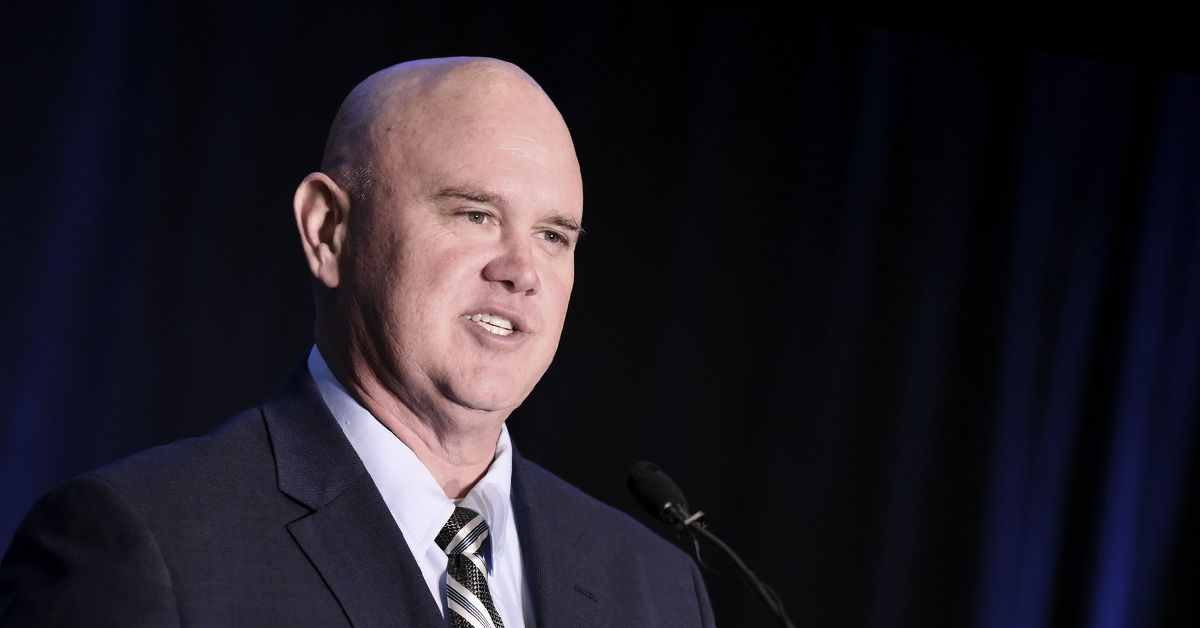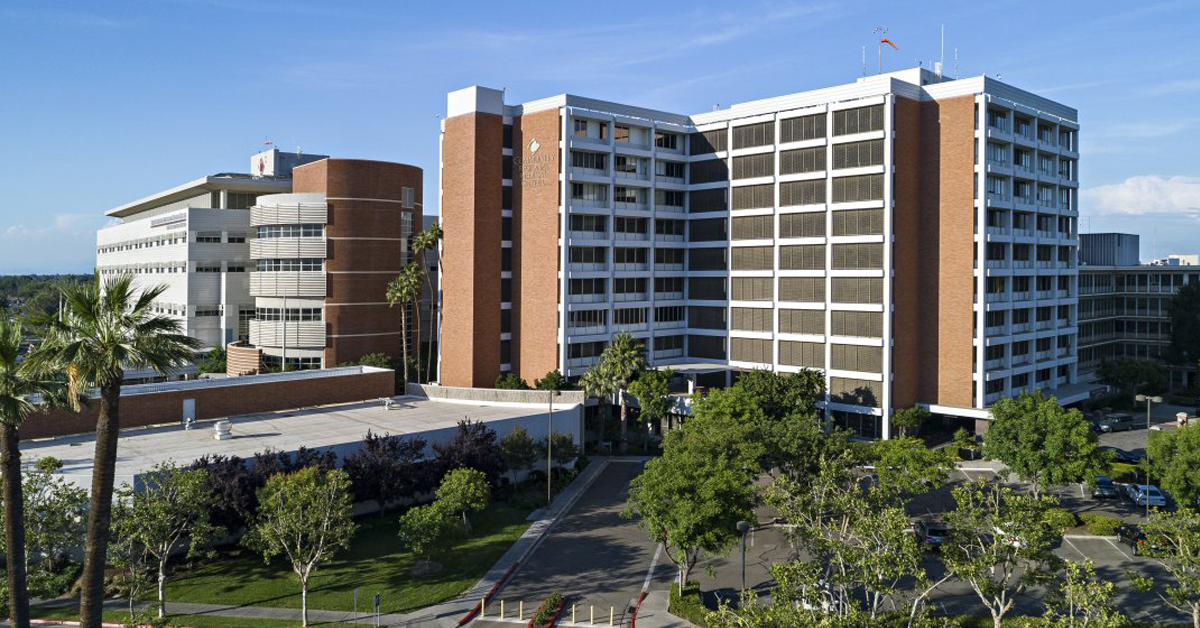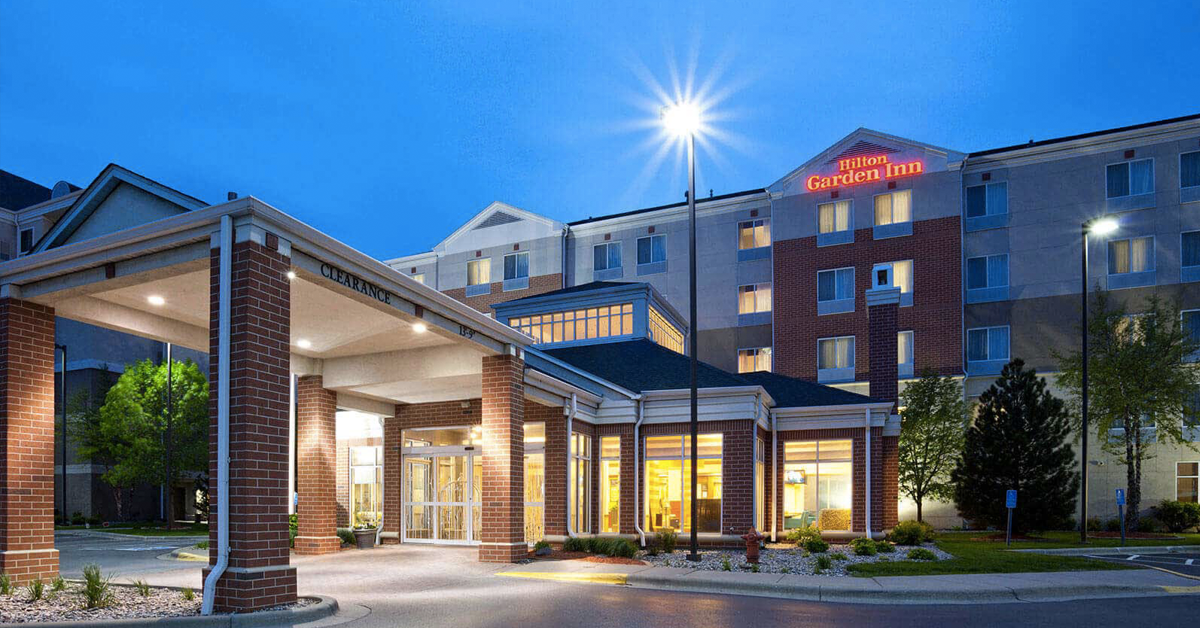Soar or sit.
One of these words over the next few years will come to define the Fulton Corridor investment scene.
Craig Scharton is betting on the former. Unsentimental reality suggests the latter.
Scharton on Thursday once again put his money where his mouth is by officially launching an investment fund designed to buy Downtown commercial buildings.
Fulton Street Investors is a limited liability company with a simple game plan for Fresno’s urban heart.
1.) Find people with enough net worth to risk some personal cash on a potentially profitable investment.
2.) Tell them how Fulton Street Investors will spur Downtown revitalization by buying and restoring one- to three-story buildings.
3.) Assure them that these buildings will acquire rent-paying tenants, which will lead to reliable dividends of legal tender.
4.) After the investors have signed on the dotted line, pool their cash and get to work.
5.) Repeat year after year.
“Every great city has a great downtown,” Scharton said in the ballroom of the Pacific Southwest Building.
There’s a lot to Fulton Street Investors. Let’s first chew on some context.
Scharton, of course, is the man once called Fresno’s “Downtown Revitalization Czar.” The former City Council member got the nickname when Mayor Ashley Swearengin in early 2009 tabbed him to lead her ambitious efforts to restore entrepreneurial energy (and economic justice) to Downtown and surrounding neighborhoods.
To say that a lot has happened over the last 90 months to both Downtown and Scharton is to say a mouthful. We’ll nip things in the bud by noting that Scharton today is a top official with Downtown Fresno Partnership (a nonprofit, pro-Downtown marketing organization) and owner of Peeve’s (a Fulton Corridor restaurant, temporarily closed while the mall gets ripped up).
“Downtown revitalization” has been a buzz phrase for more than 60 years, ever since City Hall in the 1950s got into the Redevelopment Agency business. Lots of milestones have come and gone, not the least being the City Council’s decision nine months ago to return the six blocks that had been Fulton Mall to good old-fashioned Fulton Street.
That $22 million project should be finished in early 2017. Two-way vehicular traffic lives!
Lots of revitalization hurdles remain.
Scharton’s announcement on Thursday was public acknowledgement that community leaders are ready to address in a systematic way one of the trickiest challenges.
How are the modest-sized commercial buildings filling much of the space on both sides of Fulton between Tuolumne and Inyo streets to be integrated into an urban landscape undergoing a dramatic – nay, radical – transformation?
Look at all the elements to this question.
For starters, there’s geography. To the north is the Mural District with block after block of new housing projects (most built by the Assemi family). To the west is high-speed rail and the promise of the system’s first station. To the east is Courthouse Park, soon to be home to a new Bus Rapid Transit station, and new housing thanks to the Fresno Housing Authority.
Fulton Corridor is surrounded by investment intent on a return.
There’s policy. We all know about the new 2035 general plan and the new development code. We’ll soon have a Downtown Neighborhoods Community Plan, a Fulton Corridor Specific Plan and a Downtown Development Code. (I promise to read every page.)
But the policy that counts most for this story came from Sacramento. Gov. Jerry Brown several years ago killed all Redevelopment Agencies as part of a budget-fixing remedy. You know all those housing projects in the Mural District? Most owe their birth to RDA subsidies. The death of the Fresno RDA, with its powers of subsidy and, in a pinch, eminent domain, puts a huge crimp in strategies to fix the Fulton Corridor.
Finally, there’s politics. Make that class, racial and ethnic politics.
As you no doubt recall, friends of Fulton Mall during the long debate leading up to the council’s December vote championed the status quo for many reasons. Foremost among them was outrage at the thought of gentrification of Fulton Corridor once cars returned. Critics said the result would be the displacement of mom-and-pop business owners, most of whom are minorities. The mall’s champions asked: Where are these hardworking folks, who stuck with Downtown through thick and thin, to go once the deep-pocket capitalists swoop in for the kill?
And, in case you haven’t been Downtown recently, many of these mom-and-pop business owners along Fulton Corridor occupy ground-level sites in the one-to-three-story buildings that fill the spaces between the grand high rises.
Fulton Street Investors is meant to be a high-profile piece of the response to all these issues.
The company is highly regulated (at the state level, not the Securities and Exchange Commission level). If you want all the particulars, check out Fulton Street Investors LLC on the Internet. Scharton is the fund manager. He gets a salary. He’s an investor.
The three key takeaways from Thursday’s announcement:
1.) The goal is to buy buildings that can generate ground-level retail-entertainment activity of a more dynamic quality than what’s there now. That will make it worthwhile for people to drive there, using all that blacktop that was once a nationally-renowned pedestrian mall. That will help generate a return on all those millions invested in the Mural District and all those billions invested in HSR and all those fancy buses in Bus Rapid Transit.
2.) Scharton said Fulton Street Investors wants to raise $4.5 million in its first year, and millions more every year after that. Take that, Gov. RDA-Killer!
3.) Fulton Street Investors’ funding model counts on modest investments from dozens, perhaps hundreds, of solvent Fresnans. Scharton will greet with open arms anyone with $500,000 to invest. He promises the same enthusiasm for anyone who meets the net worth requirement and has $500 to plunk down long-term.
In a question to Scharton, I described these smaller investors, the working folk of Fresno who know how to save and avoid onerous debt, as the “proletariat.” It’s actually an apt description of what he has in mind.
And although Scharton didn’t say this in so many words, it’s the working-class capitalist who will make or break Fulton Street Investors’ public image. If there are lots of hard-earned $500 stakes in the company, then any criticism sparked by the displacement of small shopkeepers unable to pay the higher rents of a revitalized Fulton Corridor figures to less effective than if all the seed capital came from Scrooge McDuck out of Silicon Valley.
To be sent packing to a new business location by an out-of-town multi-millionaire is “oppressors’ extraction.” To face the same fate because of investment decisions by your blue-collar neighbor is “free-market democracy.”
I, for one, hope Scharton and his investors succeed. There’s plenty of room in Fresno for hard-working entrepreneurs of all sizes.
Or, to circle back to my opening sentence, I hope Fulton Street Investors “soars.”
But maybe there’s another bump out there that’s more serious to Scharton’s vision than Sacramento or politics. It’s a bump born of the same passion that drives investors in a real estate fund. We’re talking about return on investment.
Scharton on Thursday said state regulators won’t permit Fulton Street Investors to get into a bidding war over a potential purchase. The fund can pay, at most, the building’s appraised value.
And, Scharton said, the fund has no access to eminent domain authority.
Well, with Downtown revitalization moving along nicely; with government spending piles of dough all across the landscape; with Fulton Corridor only months away from becoming Fulton Street; with every politician in sight vowing to retain something approaching Swearengin’s intensity on Downtown; with welders and bus drivers and convenience store clerks investing $500 each in a Fulton Corridor/Downtown real estate-buying startup; with all that action swirling around, what is the true market value of that ugly two-story building with the strategic location somewhere between Tuolumne and Inyo?
I pitched that scenario on Thursday to a friend who knows something about the mindset of owners of under-utilized property in Downtown.
“They’re sitting,” he said. “And they’re not budging.”
When these property owners do budge, and when Fulton Street Investors LLC pounces, what kind of rents must be charged to give those capitalistic welders and fork-lift drivers a nice dividend?
I’m on your side, Craig. Unfortunately, retired reporters are strangers to net worth.












